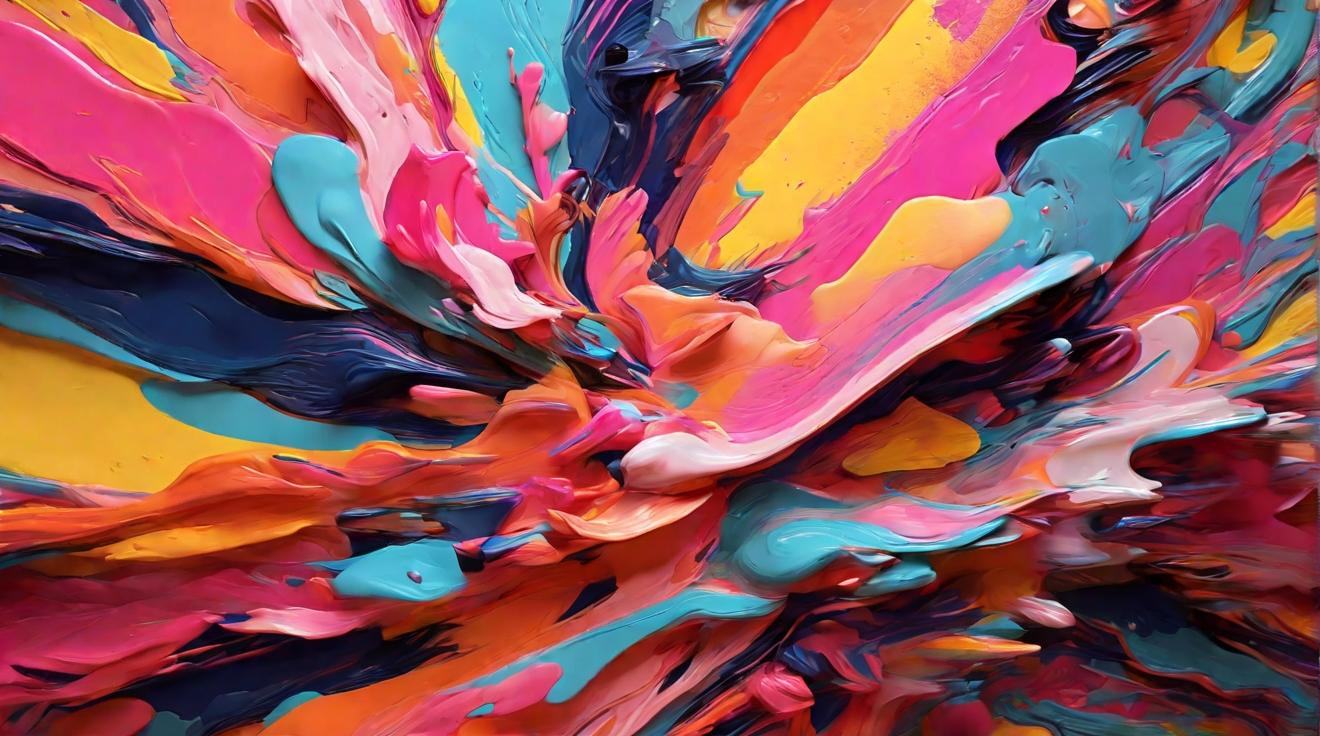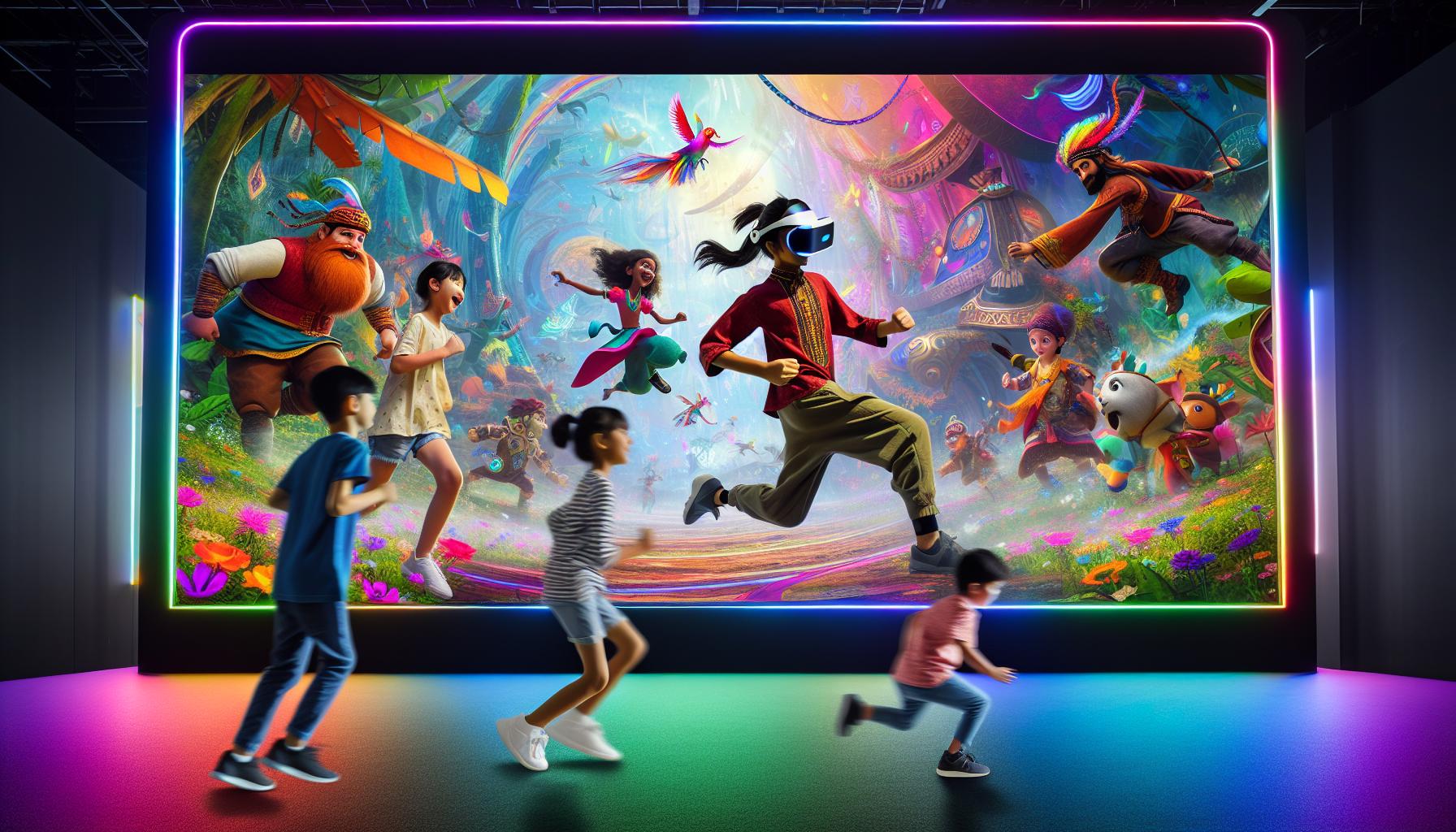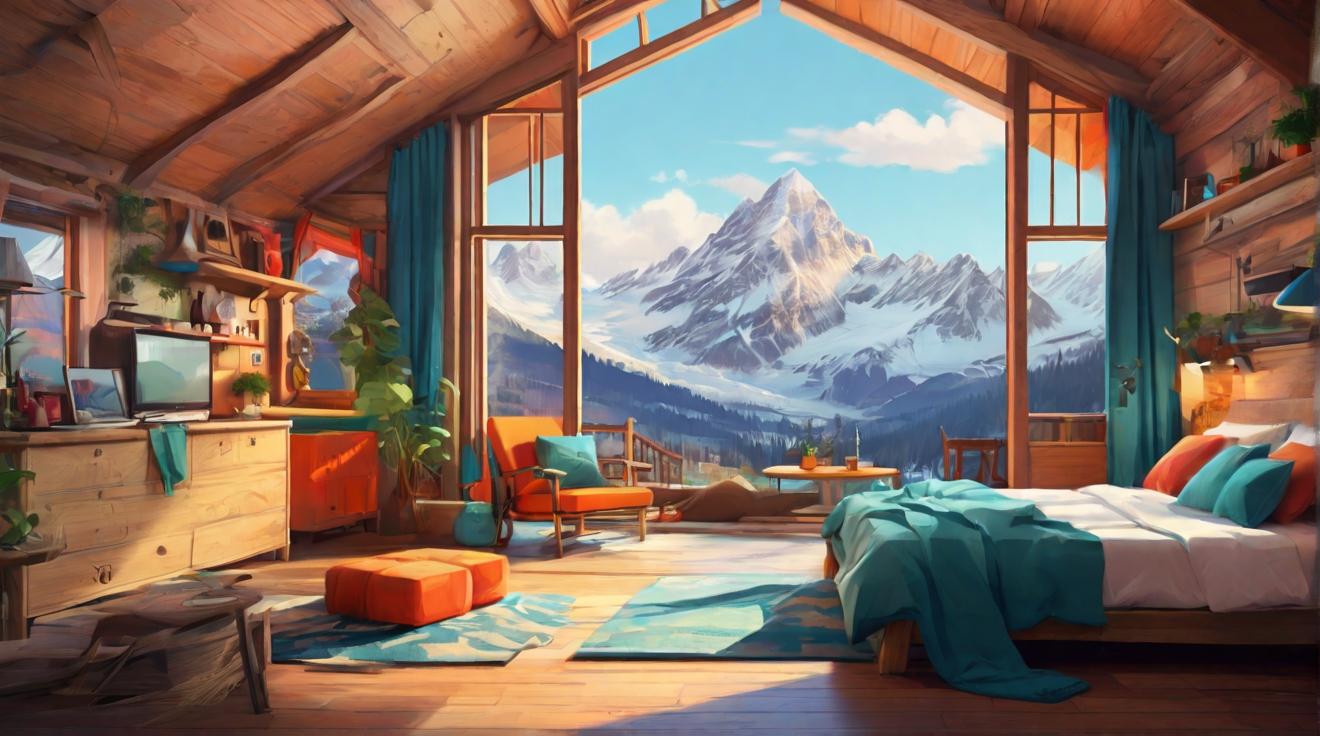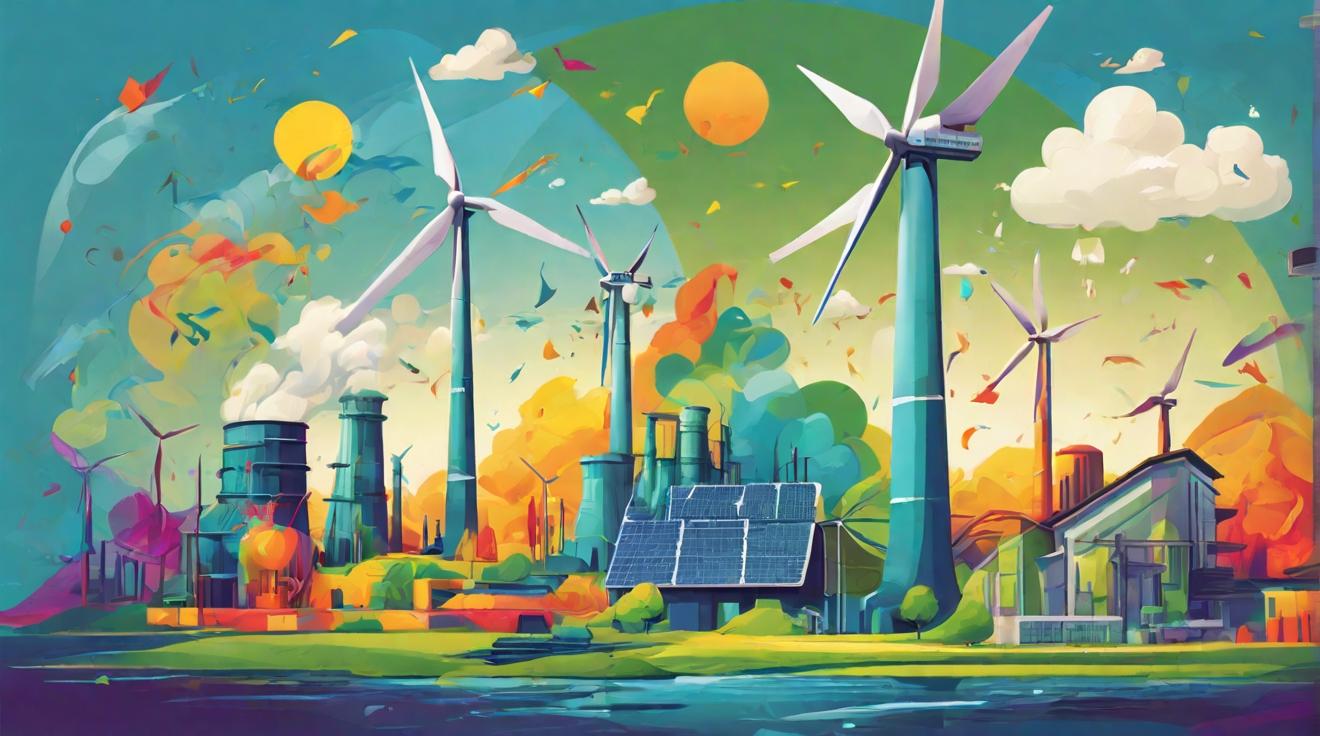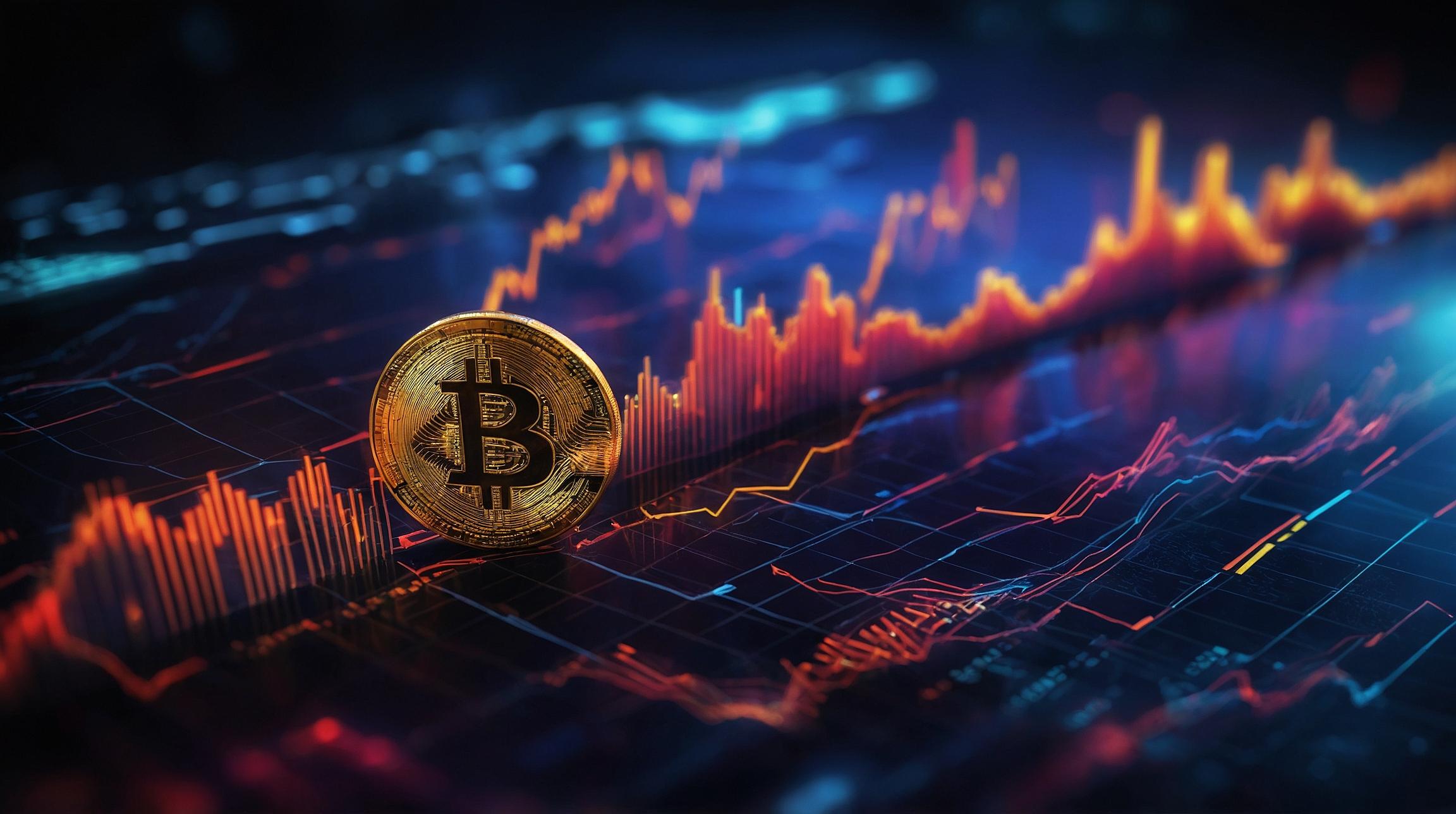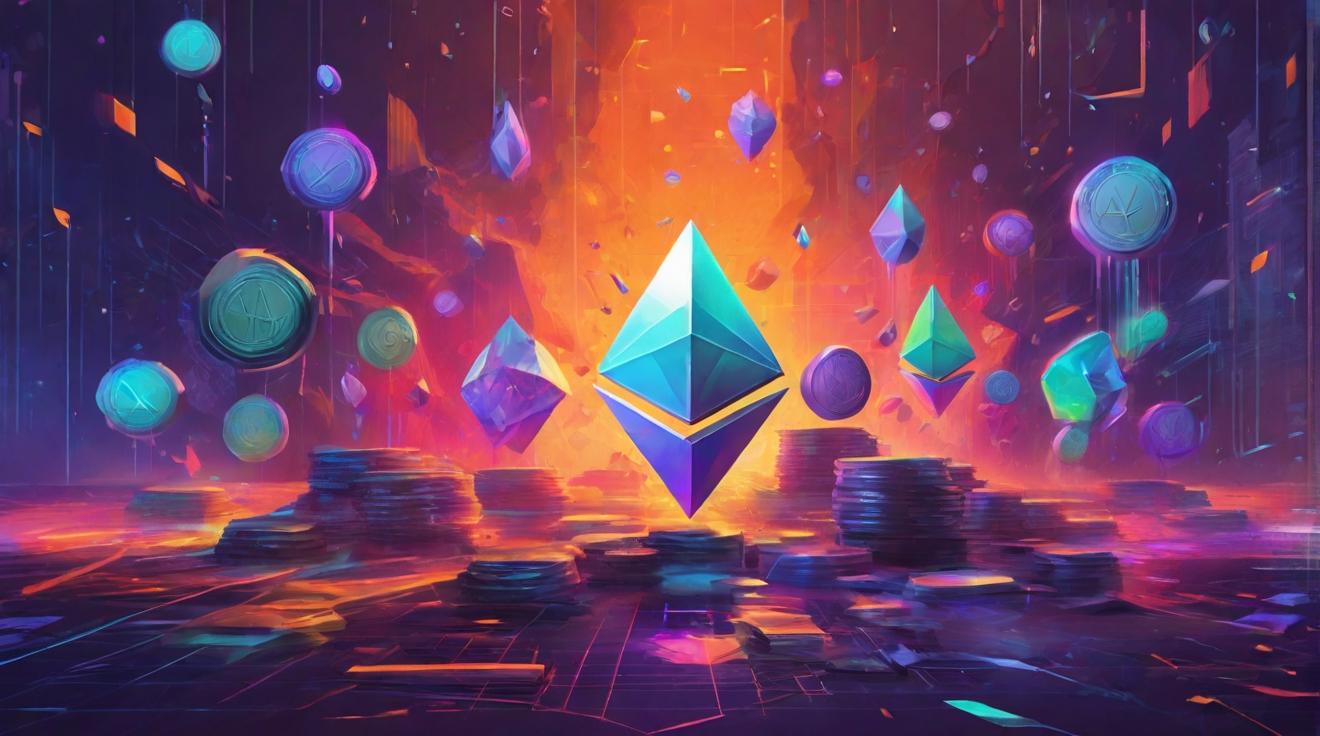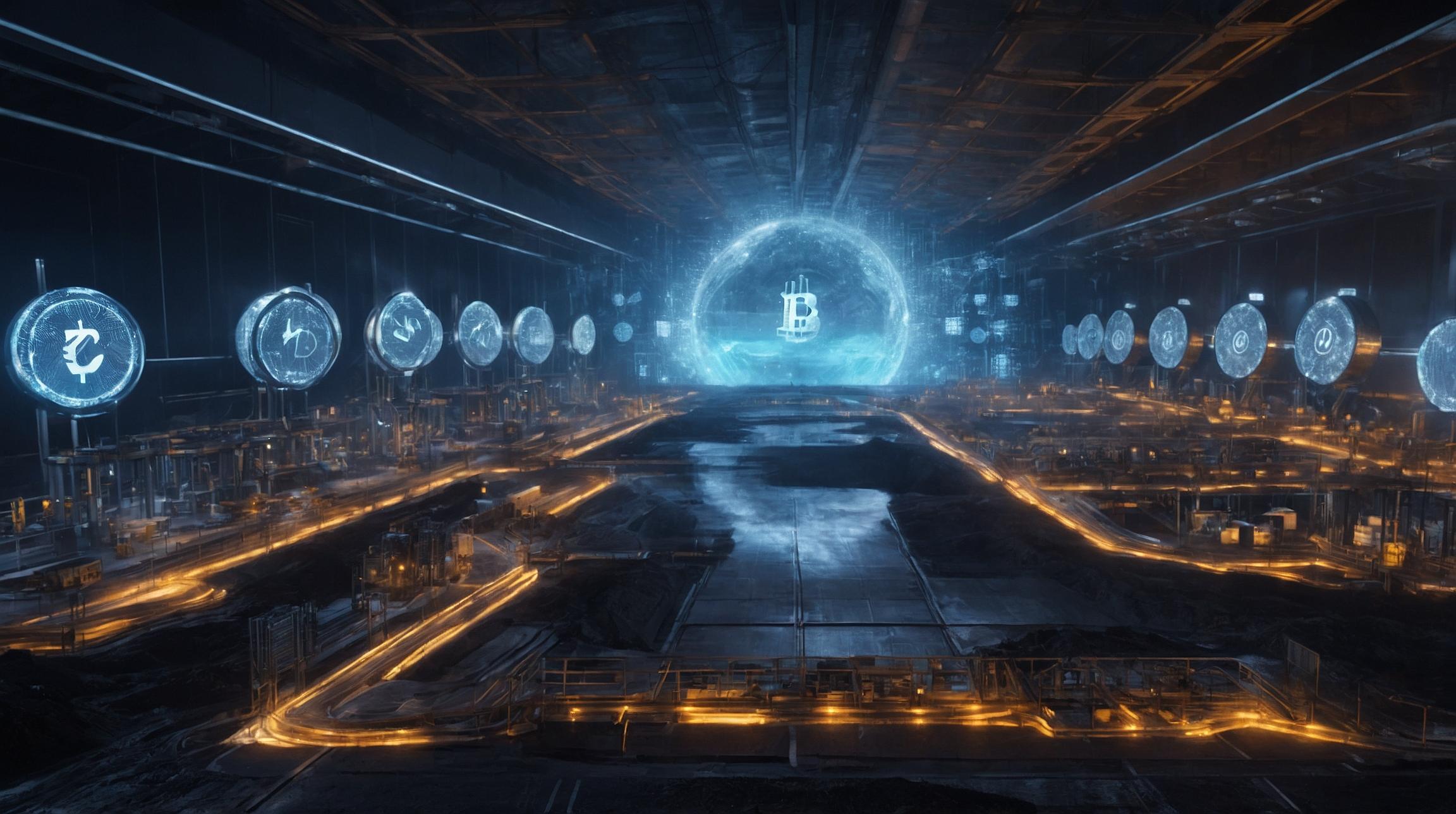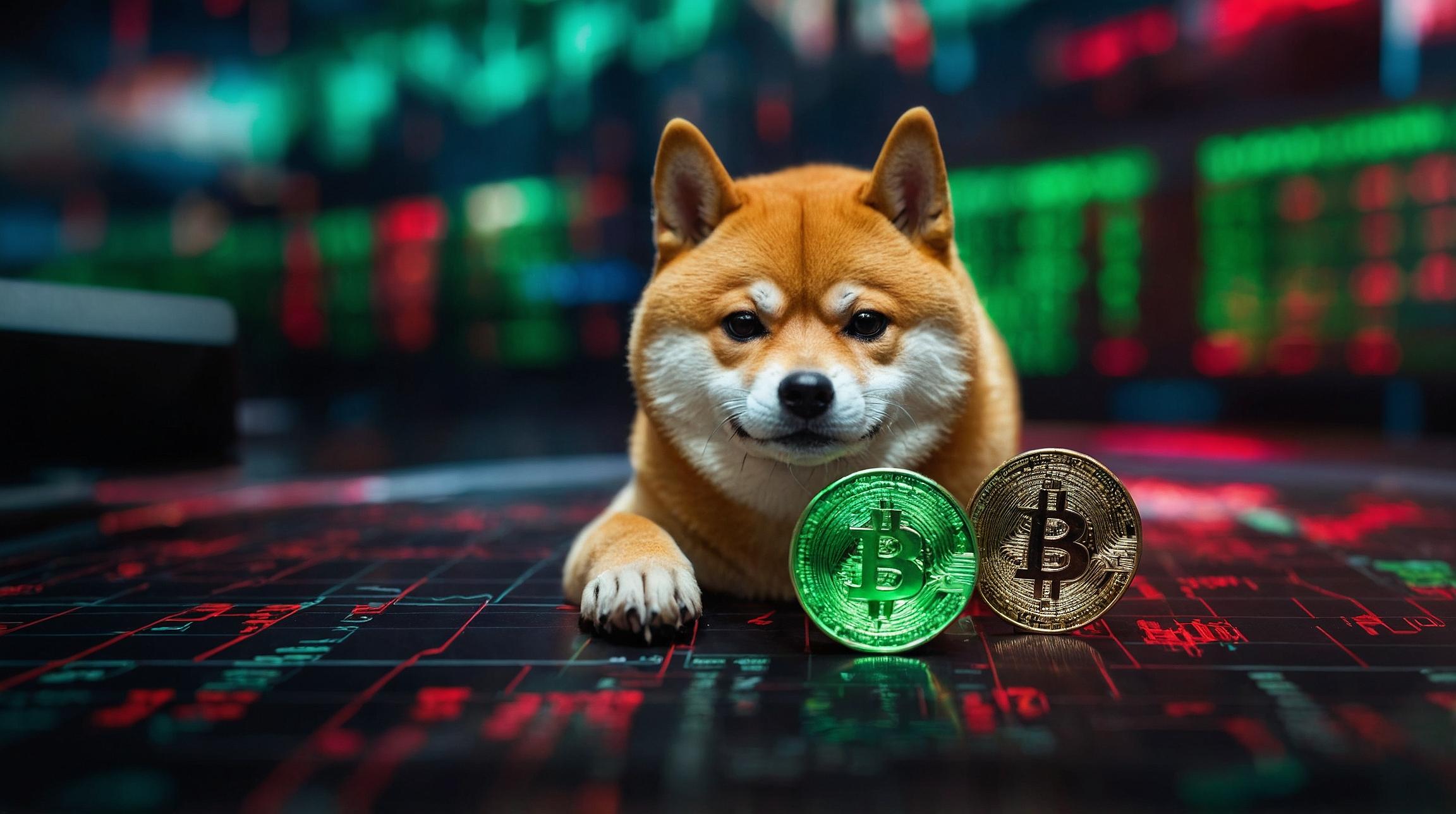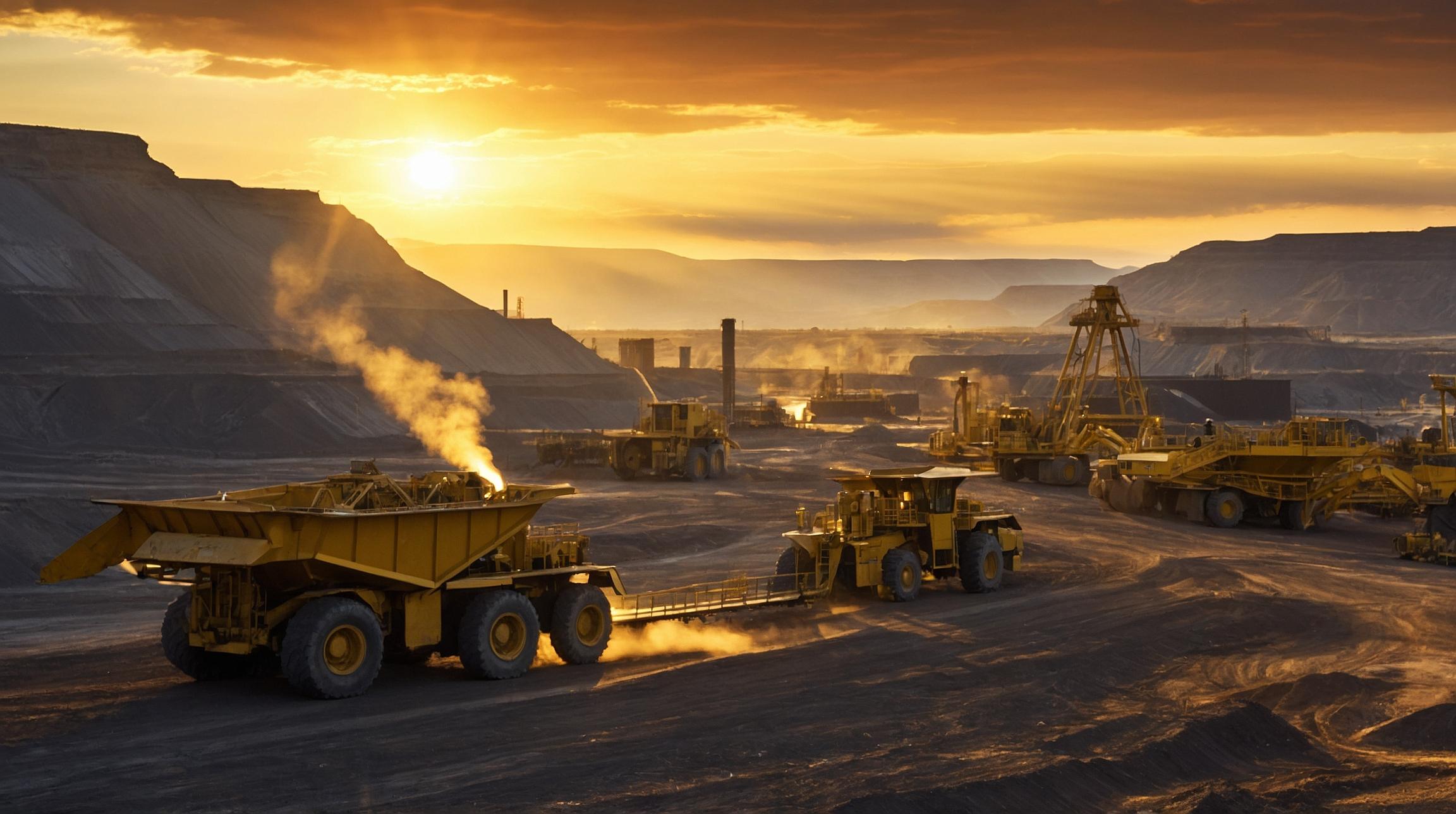The Intersection of Artificial Intelligence and the Art World: Navigating the Possibilities and Concerns
The art industry is at a pivotal junction, exploring the intricate balance between embracing the cutting-edge capabilities of generative AI and safeguarding the essence of human creativity. With technologies like Midjourney and OpenAI's DALL-E 3, that can transform textual prompts into detailed images, the potential of artificial intelligence in art creation has never been more palpable. These advanced AI tools have already made their mark, from designing magazine covers to influencing fashion with the depiction of the Pope in a stylish white puffer jacket. However, this innovation comes with its share of apprehension regarding copyright issues and the preservation of artistic authenticity.
The Artistic Community's Mixed Reactions to Generative AI
Artists and creators are standing on the threshold of a new era, torn between excitement and concern. Installation artist Rubem Robierb articulates the sense of unease many share, emphasizing the overwhelming capacity of generative AI to produce imagery far beyond the human brain's processing abilities. The call for “legal boundaries” to protect artists' intellectual property rights reflects a broader demand for legislation that keeps pace with technological advancements.
Shane Guffogg, an abstract artist with synesthesia, sees artificial intelligence as a double-edged sword. While acknowledging AI as a tool that has unlocked new creative horizons for him, he questions the implications of replacing the human experience with machine-generated art. Guffogg values the “joy of discovery” in the artistic process, raising concerns about the potential devaluation of human-led creativity in the face of AI's capabilities.
Regulatory Efforts and Ethical Considerations in the Use of Artificial Intelligence
The European Commission's endeavor to introduce the AI Act highlights a significant move towards regulating the use of artificial intelligence, reflecting the global urgency to address the ethical and safety implications tied to AI's integration into various sectors, including the arts. The Serpentine Gallery in London epitomizes the ethical engagement with AI technology, showcasing how collaboration between AI and artists can enrich the artistic landscape without compromising human creativity.
Looking Ahead: The Future of Art in the Age of Artificial Intelligence
As the art world navigates the complexities of incorporating generative AI, the underlying consensus leans towards the preservation of human artistry as the invaluable core of creative expression. The vision of art fairs distinguishing between human-made and AI-generated artworks underscores the enduring value placed on original, human creativity. The journey ahead involves crafting a symbiotic relationship between technology and art, one where artificial intelligence serves as a tool for enhancing, not replacing, the human touch in art.
The unfolding narrative of artificial intelligence in the art sector encapsulates a broader discourse on innovation, ethics, and the essence of creativity. As we venture further into this exploration, the art community's insights and apprehensions will undoubtedly play a pivotal role in shaping the integration of AI in a manner that honors the timeless value of human artistry.
Analyst comment
Positive news: The intersection of Artificial Intelligence (AI) and the art world brings exciting possibilities for creativity and innovation. Advanced AI tools like Midjourney and OpenAI’s DALL-E 3 have already made an impact in art creation. The European Commission’s AI Act reflects efforts to regulate AI usage and address ethical considerations. The future of art with AI involves a symbiotic relationship between technology and human creativity, preserving the value of human artistry while embracing AI’s enhancements. The art community’s insights will shape AI integration in a way that honors the timeless value of human artistry.





